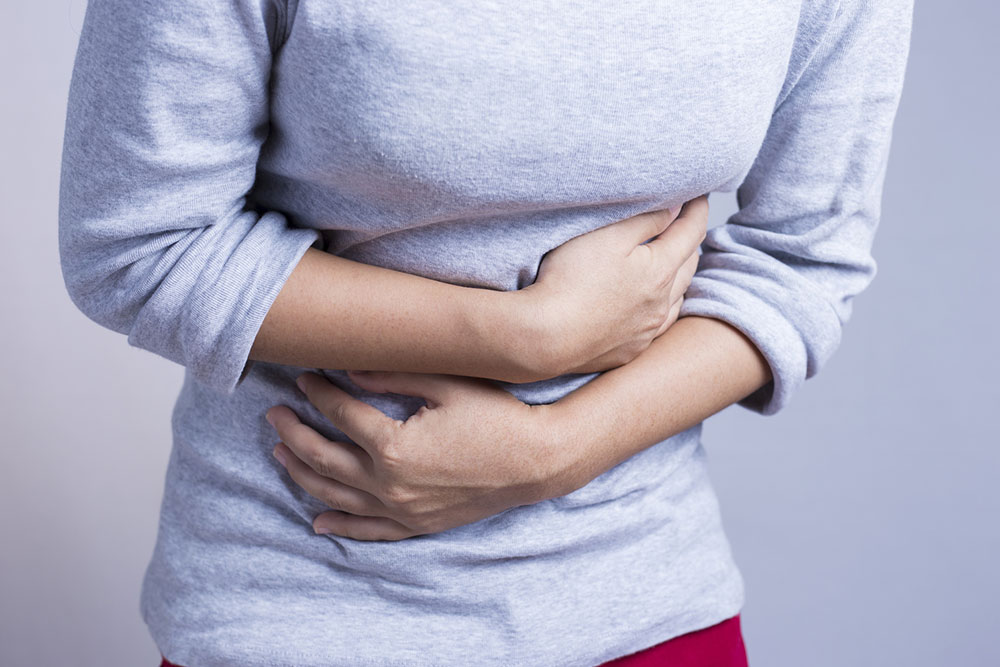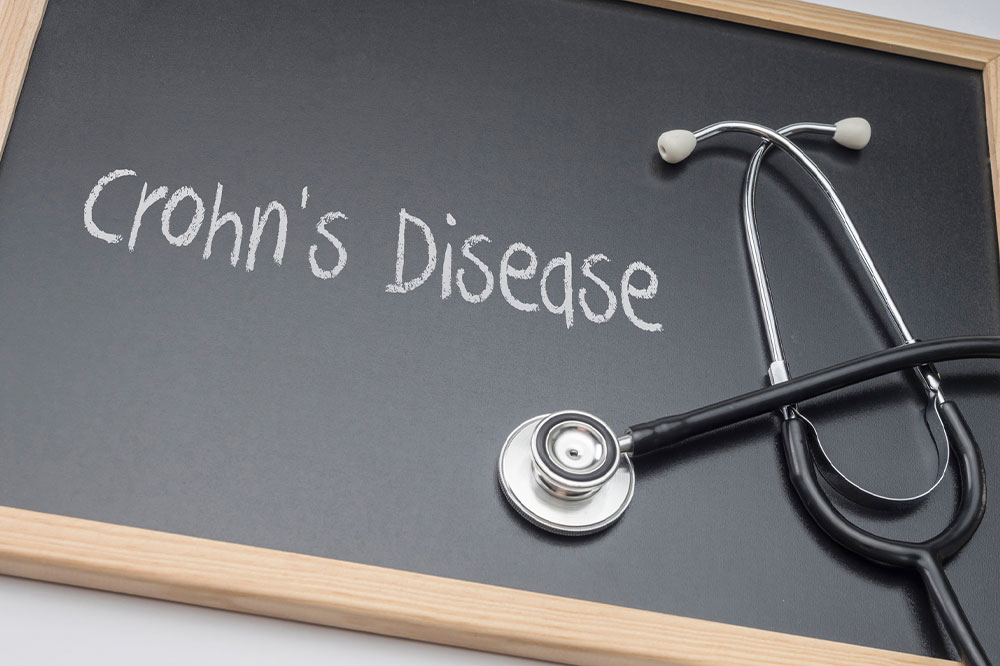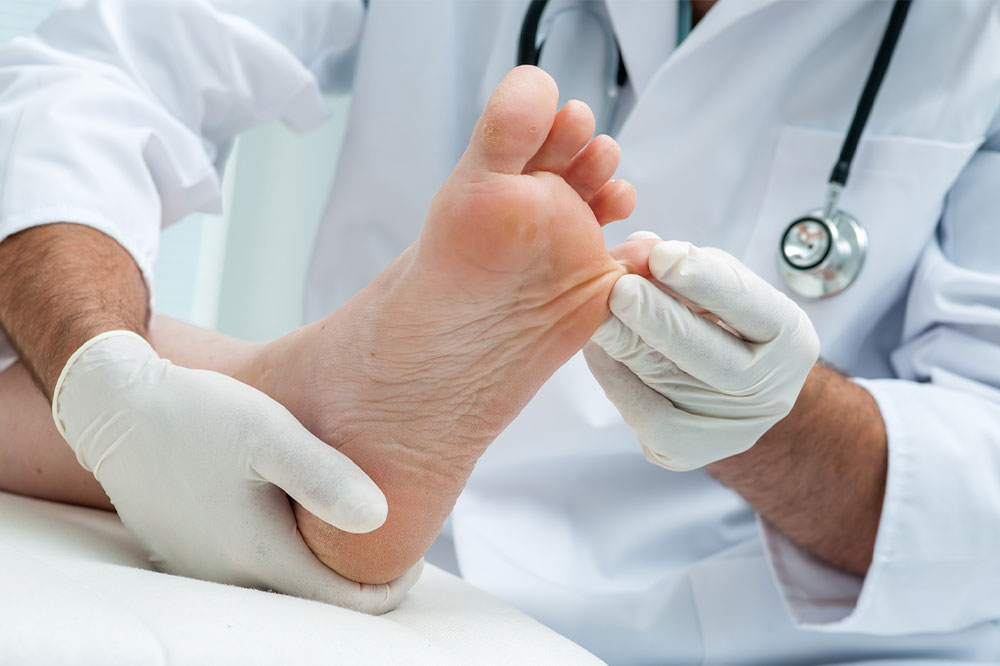Essential Guide to Understanding Crohn’s Disease
This comprehensive guide explores Crohn’s disease, covering its causes, symptoms, diagnosis, and management strategies. Early recognition and proper treatment can help individuals maintain a good quality of life, even with this chronic condition. Discover key risk factors, symptoms, and effective approaches to managing Crohn’s disease to prevent complications and improve well-being.

Understanding Crohn’s Disease: Causes, Symptoms, and Treatment
Crohn’s disease impacts thousands annually, posing serious health risks if untreated. Early awareness of its symptoms and diagnosis is key to managing the condition and maintaining a normal quality of life.
What Is Crohn’s Disease?
This is an inflammatory bowel disorder that causes inflammation in the digestive tract. Symptoms include intense abdominal pain, diarrhea, weight loss, fatigue, malnutrition, and more. The inflammation penetrates deep into the intestinal walls, affecting overall health.
Individuals with Crohn’s often experience severe discomfort and impairment. Without timely treatment, complications may become life-threatening. Although the exact cause remains unknown, factors such as genetics, immune dysfunction, stress, diet, and environmental influences are believed to contribute.
Risk factors include age, ethnicity, and lifestyle. Crohn’s typically affects people under 30, with higher prevalence among Caucasians and those of Eastern European Jewish descent, though it can affect any group. Smoking, certain medications, and living in developed countries may increase risk.
Recognizing Symptoms of Crohn’s Disease
Common signs include persistent diarrhea, severe or frequent abdominal pain, weight and appetite loss, night sweats, fatigue, and fever. Affected areas may vary, impacting either the end of the small intestine (ileum) or the colon. Symptoms can range from mild to severe and may lead to serious complications such as fistulas, intestinal obstructions, ulcers, nutritional deficiencies, and joint or eye issues. Immediate medical attention is essential if these symptoms occur.
Often confused with ulcerative colitis, Crohn’s disease differs in the affected areas of the gastrointestinal tract. Both conditions have periods of flare-ups and remission. Proper diagnosis involves blood tests, colonoscopy, endoscopy, and biopsies to confirm Crohn’s.
Can Crohn’s Disease Be Cured?
This chronic condition currently has no cure. However, early detection and tailored treatment can significantly reduce symptoms and improve quality of life. Diagnostics include blood tests, imaging, and tissue sampling. Treatments focus on reducing inflammation and preventing complications using anti-inflammatory drugs, immunosuppressants, antibiotics, pain management, nutritional support, and sometimes surgery. Lifestyle adjustments and diet modifications are also recommended to manage symptoms effectively.
While Crohn’s remains a lifelong condition, proper medical care helps individuals lead effective, fulfilling lives.










